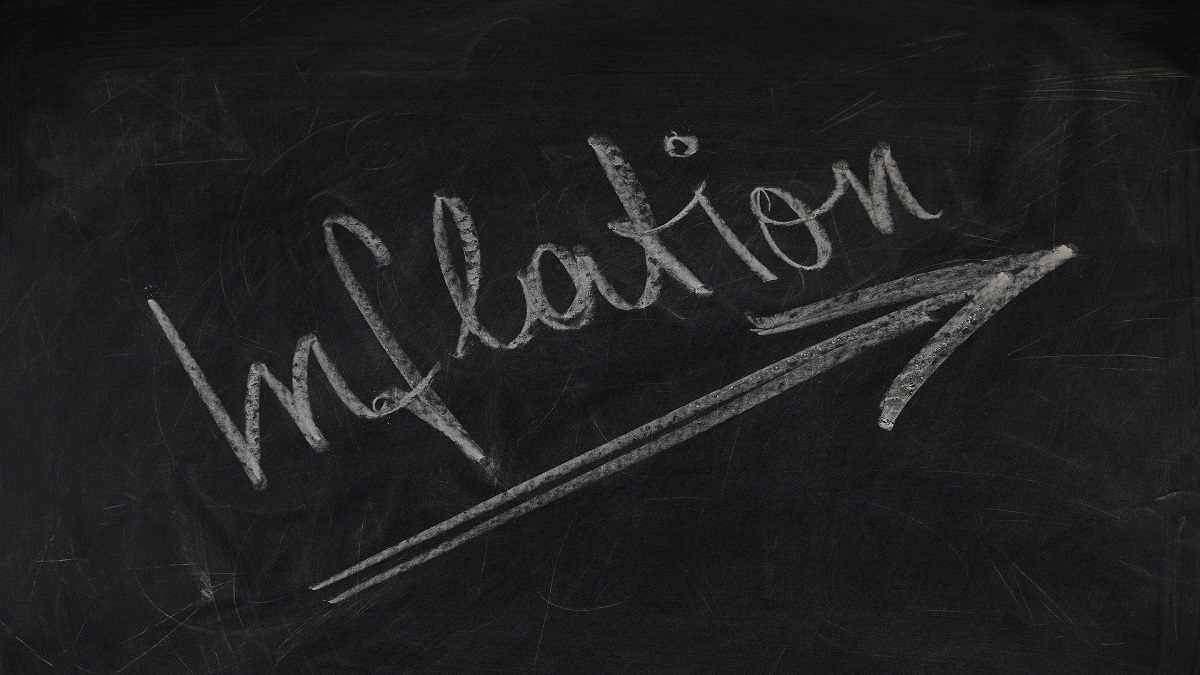Retail Inflation Rate in India: Retail inflation in India increased to 4.81% in June, reaching a three-month high. The rise was primarily driven by the increasing prices of cereals and pulses. However, the inflation rate remains within the comfortable range set by the Reserve Bank of India.
After four months of decline since February, the Consumer Price Index (CPI) based inflation has shown an upward movement. The Reserve Bank of India (RBI), which considers retail inflation when determining the benchmark interest rate, will announce its next monetary policy early next month.
In May, retail or CPI inflation was recorded at a revised rate of 4.31%, while it was 7% in June 2022. The previous highest CPI was observed in March at 5.66%.
NSO Data:
As per the data released by the National Statistical Office (NSO), food inflation reached 4.49% in June, higher than the 2.96% recorded in May. The food basket accounts for almost half of the Consumer Price Index.
The data reveals that spices experienced an annual price rise of 19.19%, cereals and products increased by 12.71%, pulses and products rose by 10.53%, and eggs witnessed a 7% price increase. Fruits also became slightly more expensive compared to the previous year.
However, there was a decline in inflation for oil and fats (-18.12%) and vegetables (-0.93%). Aditi Nayar, Chief Economist at ICRA, predicts that the spike in vegetable prices will lead to a July 2023 CPI inflation of 5.3-5.5%, which exceeds the Monetary Policy Committee’s last forecast of 5.2%.
Narinder Wadhwa, National President of the Commodity Participants Association of India (CPAI), believes that the increase in inflation indicates potential changes in factors influencing consumer prices.
The government has set a target for the central bank to keep retail inflation at 4% with a margin of 2% on either side. Last month, the Reserve Bank maintained the policy rates at 6.5% and projected an average retail inflation of 5.1% for the current fiscal year, with June quarter inflation estimated at 4.6%.
According to the NSO data, rural areas experienced an inflation rate of 4.72%, while urban India had an inflation rate of 4.96%. However, food inflation was slightly higher than the national average in rural areas.
The price data is collected from selected urban markets and villages across all states and union territories by the National Statistical Office. NSO’s field staff personally visit these locations on a weekly basis.
Provisional Index Number for Vegetables Rises:
According to data released by the Ministry of Statistics and Programme Implementation, the provisional index number for vegetables increased from 161.0 in May to 180.6 in June. Vegetables have a 6% weightage in the overall retail inflation. The rise in inflation can partly be attributed to the surge in tomato prices across India. Tomato prices have increased nationwide, not limited to a specific region or geography. In major cities, prices have risen to as high as Rs 150-160 per kg.
Amidst the increase in tomato prices, the Indian government directed its agencies, NAFED and NCCF, to procure tomatoes from mandis in key growing states to stabilize prices. In addition to vegetables, meat and fish, eggs, pulses and products, and spices also experienced price increases.
Retail inflation in India reached its peak at 7.8% in April 2022, driven by reductions in food and core inflation. In contrast, some advanced countries have witnessed multi-decade high inflation rates, even surpassing 10%. The consistent monetary policy tightening by the RBI since mid-2022 has contributed to the significant decline in inflation numbers in India. Retail inflation in India remained above the RBI’s 6% target for three consecutive quarters before returning to the RBI’s comfort zone in November 2022.
Under the flexible inflation targeting framework, the RBI is considered to have failed in managing price increases if the CPI-based inflation remains outside the 2-6% range for three consecutive quarters. Apart from recent pauses, the RBI has raised the repo rate by a cumulative 250 basis points since May 2022 to combat inflation. Increasing interest rates is a monetary policy measure typically used to suppress demand in the economy and help reduce the inflation rate.
(With agency inputs)
ALSO READ: India’s retail inflation dips to over 2-year low of 4.25% in May
ALSO READ: UPI to account for 90% of retail digital payments by 2026-27: Report
Latest Business News
Denial of responsibility! SamacharCentrl is an automatic aggregator of Global media. In each content, the hyperlink to the primary source is specified. All trademarks belong to their rightful owners, and all materials to their authors. For any complaint, please reach us at – [email protected]. We will take necessary action within 24 hours.

Omprakash Tiwary is a business writer who delves into the intricacies of the corporate world. With a focus on finance and economic landscape. He offers readers valuable insights into market trends, entrepreneurship, and economic developments.


